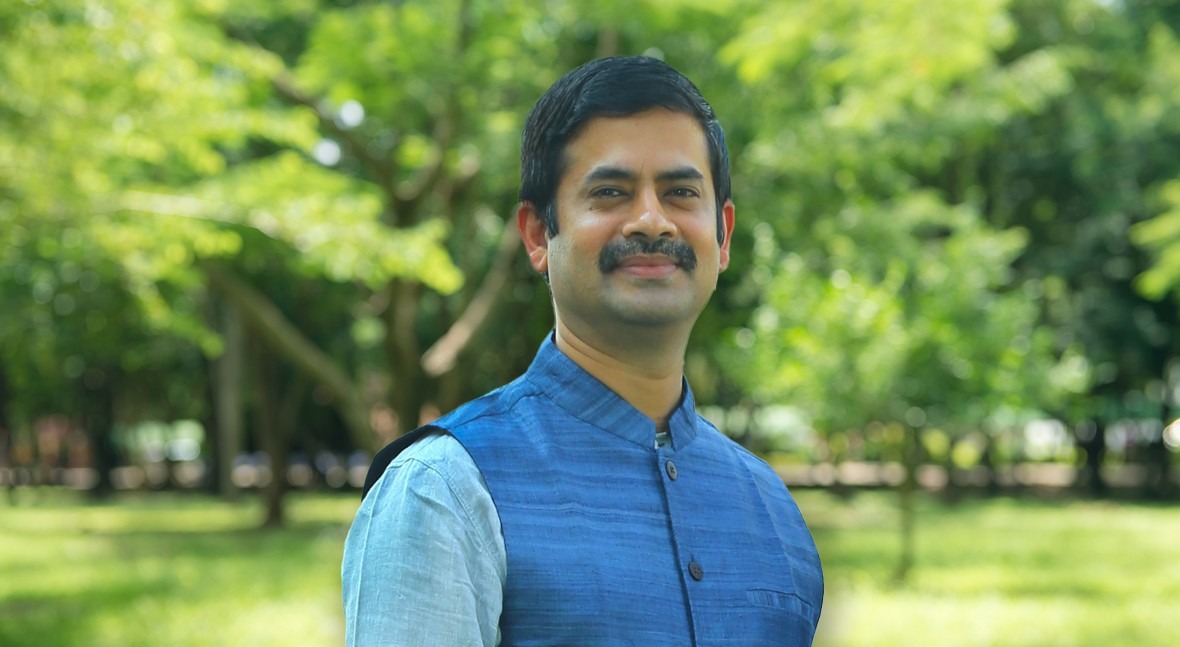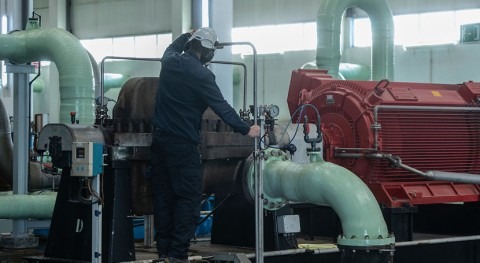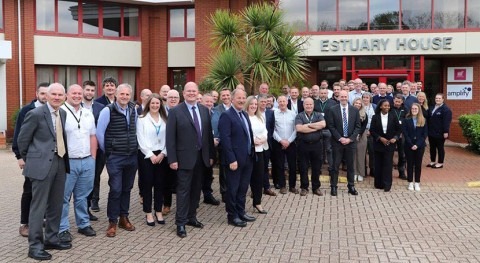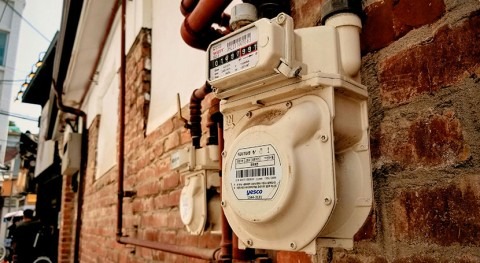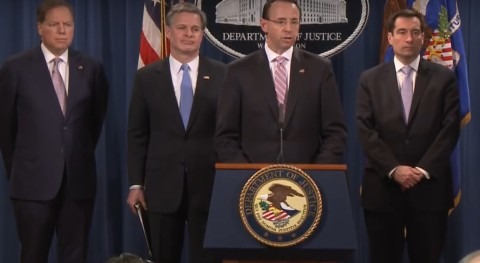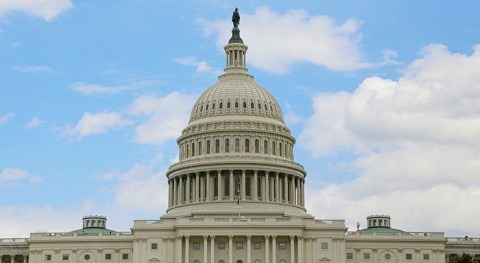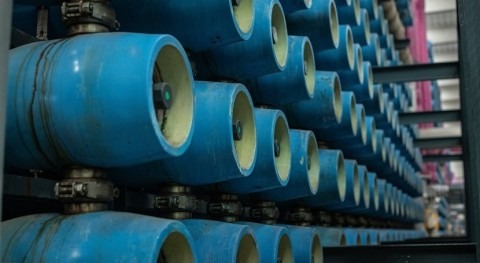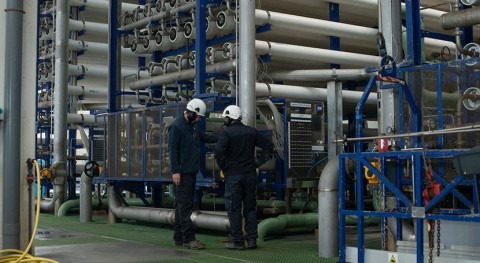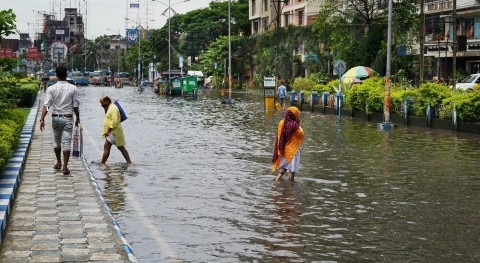In 2020, 2 billion people still lacked safely managed drinking water, of which 771 million were without basic drinking water. Sustainable food systems can ensure the sustainable use of this precious resource and increase access for those who do not have drinking water, while also reducing the amount of pollution in our natural water systems.
The UN Food Systems Summit (UNFSS), to be held next Thursday, September 23, as a virtual event, aims to deliver progress on all 17 of the SDGs through a food systems approach, leveraging the interconnectedness of food systems to global challenges such as hunger, climate change, poverty and inequality.
We interviewed Dr Giriraj Amarnath, Principal Researcher on Disaster Risk Management and Climate Resilience at International Water Management Institute (IWMI), an expert in disaster risk management, floods and droughts, satellite-based monitoring and early warning, and climate and food security, among other areas. Headquartered in Colombo, Sri Lanka, and part of the CGIAR global research partnership, IWMI is an international, research-for-development organisation that works with partners including governments, civil society and the private sector to solve water problems in developing countries and scale up solutions. Please read on to hear about Dr Giriraj Amarnath’s expectations from the UN Food Systems Summit, and IWMI’s work on the water-food-climate nexus.
Question: What are your expectations from the UN Food Systems Summit?
Answer: My expectation from the UN Food Systems Summit is that there will be a focus on the burden of rising temperatures that falls predominantly on farmers. This will cover the importance of building resilience and why it’s so important to expand access to clean energy in rural areas, ensuring water availability and quality which are important in achieving SDGs.
I also hope that UNFSS will help to identify ways and means for addressing food insecurity among the most vulnerable communities, while also promoting best practices to reduce production losses in farmers and food waste especially in cities.
Q: Can you tell us about the priorities of the IWMI in the area of water and food systems?
A: IMWI’s priorities are clear. The first is to provide an assessment of water for food at sub-national and river basin level by incorporating water for ecosystem services. We also want to promote agricultural-diversification with a view to increasing water productivity (from high-water consuming crops to low water consuming alternatives), enhance nutrition (with pulses, fruits and vegetables, milk and fish), and income (higher value crops, milk, fish).
We also need to work on drought proofing with interventions that enhance soil moisture, rainwater harvesting, groundwater recharge, rehabilitation of small tanks, and reuse of waste water
Q: What measures can be taken to move towards more proactive management of drought and water shortages?
A: There are plenty of measures that can be taken to move towards proactive drought management. These include implementing early warning systems, reacting quickly to climate events, and also making sure finance is available to support farmers.
IWMI initiatives that back up these suggestions include the South Asia Drought Monitoring System and the Afghanistan Early Warning Decision Support tool. Many other projects support national partners to promote proactive integrated flood and drought management in building resilience strategies and adaptation measures in responding to climate shocks.
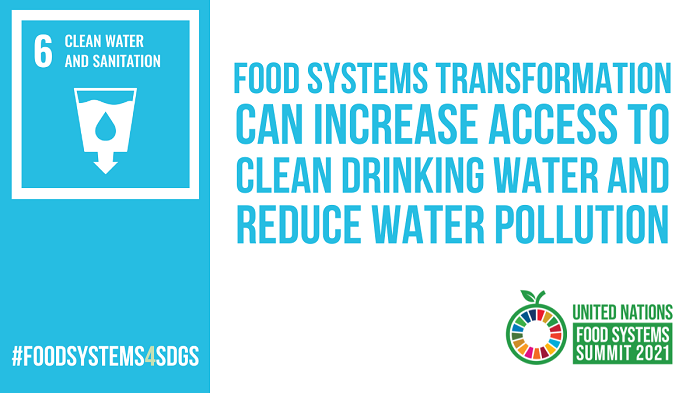
We also need to work on drought proofing with interventions that enhance soil moisture, rainwater harvesting, groundwater recharge, rehabilitation of small tanks, and reuse of waste water. In addition, identifying drought and water scarce hot-spots and promoting climate smart agriculture with bundled solutions (insurance, drought-tolerant seeds, weather forecasts, and best agronomic practices) can also reduce the devastating impact of water shortages.
Finally, mapping near real-time storage information is critically important for water resource management, and mitigating climate risk.
Q: Can you comment on the cross-cutting nature of SDG 6 – clean water and sanitation – and the role of water in implementing the 2030 Agenda?
A: The cross-cutting nature of SDG 6 and the role of water in implementing the 2030 agenda is about introducing better hi-tech water management practices for increasing water use efficiency, needing a good understanding of both negative and positive impacts of increasing water use efficiency in downstream river basins, and supporting better water governance. At IWMI, we feel it’s vital to provide multi-scale monitoring in order to evaluate approaches for achieving the SDG 6.
We’re harnessing the power of digital technologies to pilot, accelerate and scale innovative ideas with high potential for impact on water, food and agriculture
Q: Could you highlight some projects the IWMI is or has been involved with in the area of water and food security?
A: There are so many but a brief list includes:
- South Asia Drought Monitoring System linking three pillars of drought management (Monitoring and Early Warning, Vulnerability and Impact Assessment, Drought response strategies and policies)
- IWMI ITC project on water security project on drought proofing
- BICSA - Bundled insurance solutions with seed systems and climate information services to enhance agriculture resilience among smallholder farmers
- Water productivity (physical and economic) improvement projects in irrigation systems in India
Q: To what extent do you see a trend towards digital innovation of agricultural systems and how might this affect agricultural water use?
A: It’s certainly being embraced at IWMI. We’re harnessing the power of digital technologies to pilot, accelerate and scale innovative ideas with high potential for impact on water, food and agriculture. There’s a general expectation that the agricultural sector will use satellite based near real time data and weather forecasts to inform irrigation managers and farmers for reducing risks of weather shocks and synchronize irrigation with rainfall.
I also expect farmers will shift to hi-tech agriculture (drip, sprinkler, solar) to mitigate droughts impacts and increase water use efficiency and water productivity, and agricultural managers will use satellite-based data to assess crop health and irrigation. One of the things that we continue to highlight is the importance of near real-time early warning systems on drought. These can provide agriculture with an extension to plan timely irrigation scheduling, avoiding excess irrigation and reducing consumption of groundwater use are some of the examples of harnessing digital tools.


